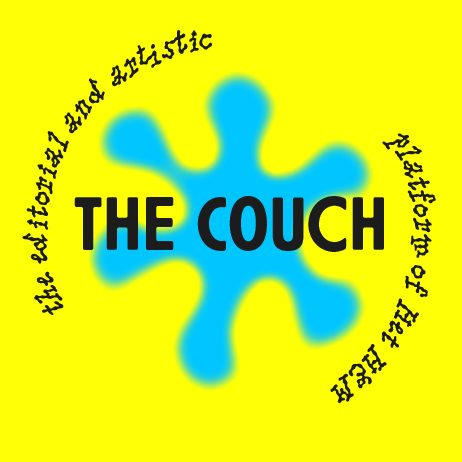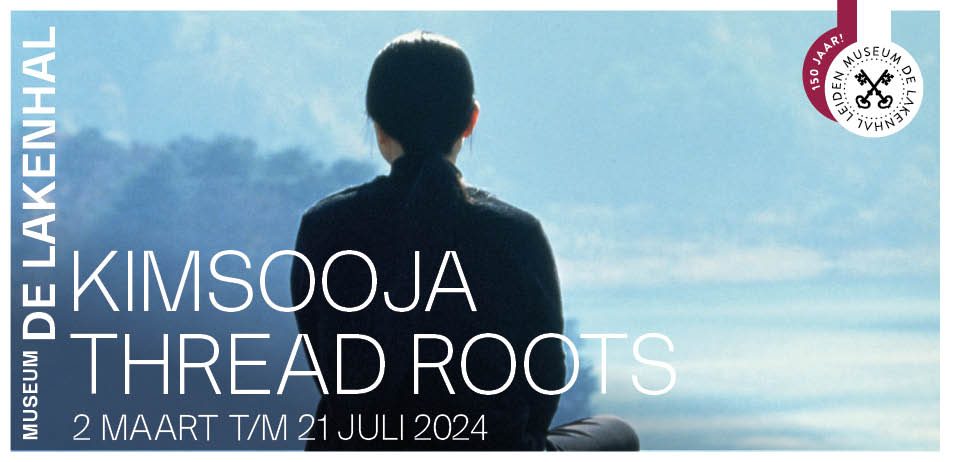Tino Sehgal – Art as immaterial commodity
Jessica van den Brand, art historian specialized in contemporary art, working (formerly at the Stedelijk Museum) at online auction house Paddle8 and the art committee of The Nederlandsche Bank. In February her book about the contemporary art market ‘Tino Sehgal – Art as immaterial commodity’ is published. It is as available via Amazon, LAP Publishing, and Morebooks.com. A short summary of Van den Brand’s book:
In the midst –or possibly the end- of the greatest bubble the art market has ever known, this book is an analysis of Sehgal’s work in relation to the art market and looks at the value of art. Artist Tino Sehgal does not produce any tangible work, but performance-like ‘constructed situations’, the photographing and documentation of which he prohibits.
Tino Sehgal – Art as immaterial commodityinvestigates what these constructed situations entail and how they can be perceived. Based on the artist’s proclamation of producing visual art as opposed to performance, his work is distinguished from theatre and performance art. This claim to producing visual art, however, seems to be primarily supported by nothing other than the artist´s insistence.
In line with this question, this book researches why the Sehgal insists on showing his work in the context of the museum rather than, say, the theatre. This context is important, because despite their immaterial nature, Sehgal’s works are exhibited and sold like any other work of art: albeit with only cash, a witness, and a hand shake.
Based on the writings of great scholars in the field, this book investigates why the institutional framework of the museum, in which they are shown, is essential to Sehgal’s situations and simultaneously constitutes them as –immaterial- commodities.
Sehgal has a specific and personal understanding about the workings of the economy and a background in economics. The artist’s statements about the market and commodities are elucidated, to gain a better understanding of his works. The artist is not anti-market, but aims his critique at the transformation of material that exhausts the earth. By producing an immaterial product, consisting of movement and speech, he aims to keep the economy intact without using any material.
The artist extends this perception to the form of his work, prohibiting the photographing and documenting of his art in any form. Naturally this has great consequences for the ways in which his works can be exhibited and acquired by museums and collectors, expanding their modus operandi and forcing them to break their conventions. How do you exhibit or buy a work that leaves no material trace at all? And how does this work live on after it is sold or exhibited? The challenges or even provocations that this type of art constitutes in relation to art’s establishment, culminated in the practice of many Conceptual artists before Sehgal, who stripped the art work of its material form.
Van den Brand explains how Sehgal applies the logic of dematerialization to his work. By producing immaterial art, the artist simultaneously distinguishes a brand and ‘mystifies’ his artistic practice and product. By constructing the sale and the perpetuation of his work solely out of social relations, thus immaterially, he succeeds in auratizing the experience of acquiring art.
Sehgal’s legacy to Conceptual artists, and especially Yves Klein, is elucidated in detail: based on Thierry DeDuve´s analysis of the practice of Yves Klein the book explains how, when the aesthetic and economics are in perfect congruence, the art work turns into parody. Sehgal´s work then appears as a tautological structure that confronts us with our historical moment.
Tracing Sehgal’s artistic practice back to Yves Klein and Marcel Duchamp, we see their lasting influences that contributed to the current art market, in which works are sold as a system of IP-rights. This book explains how these artists succeeded in isolating the value of their art work from a structural logic and determine its price. Exploring issues that all art is inscribed in, we arrive at a situation in art history where the value and the price of art seem to have been conflated.


